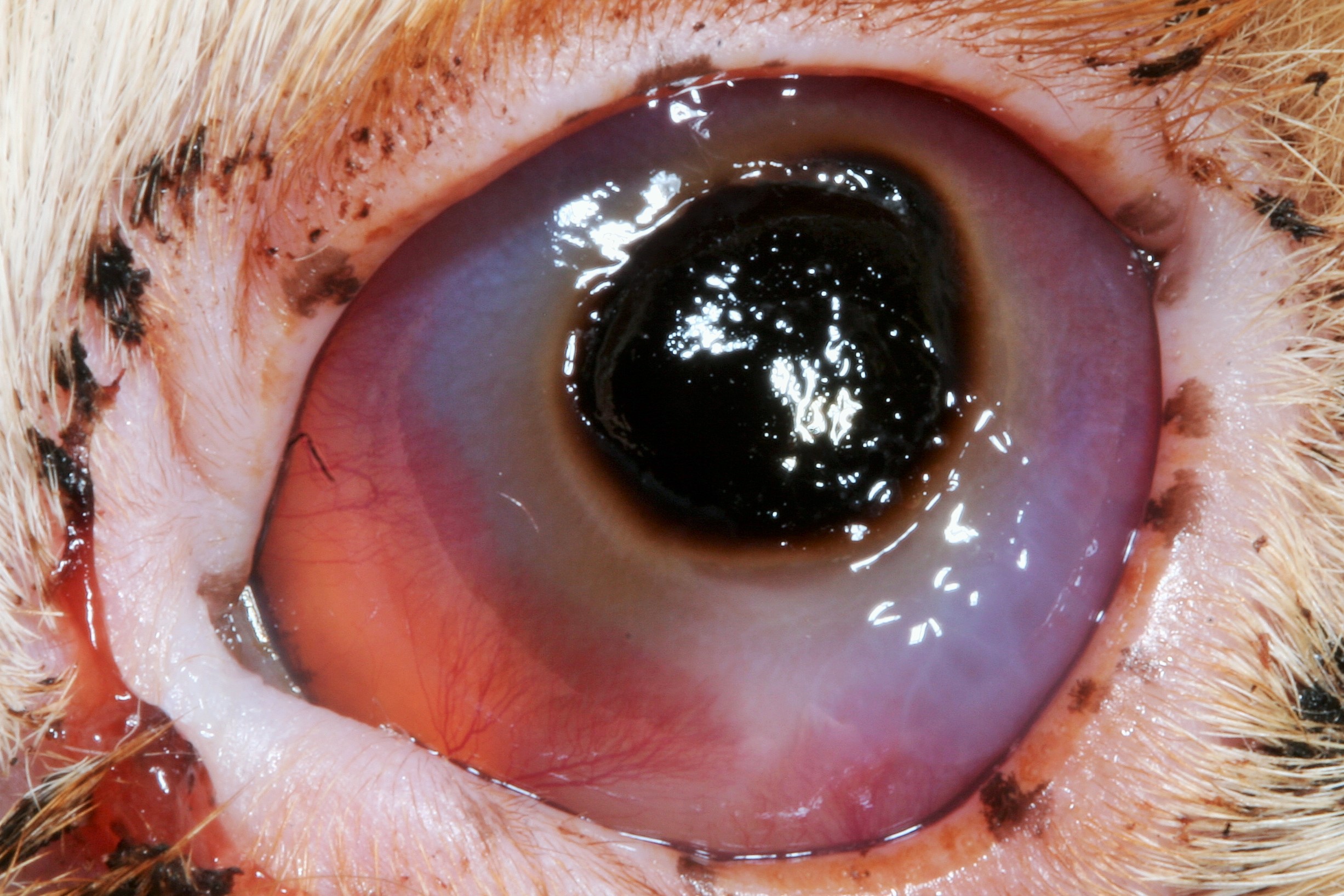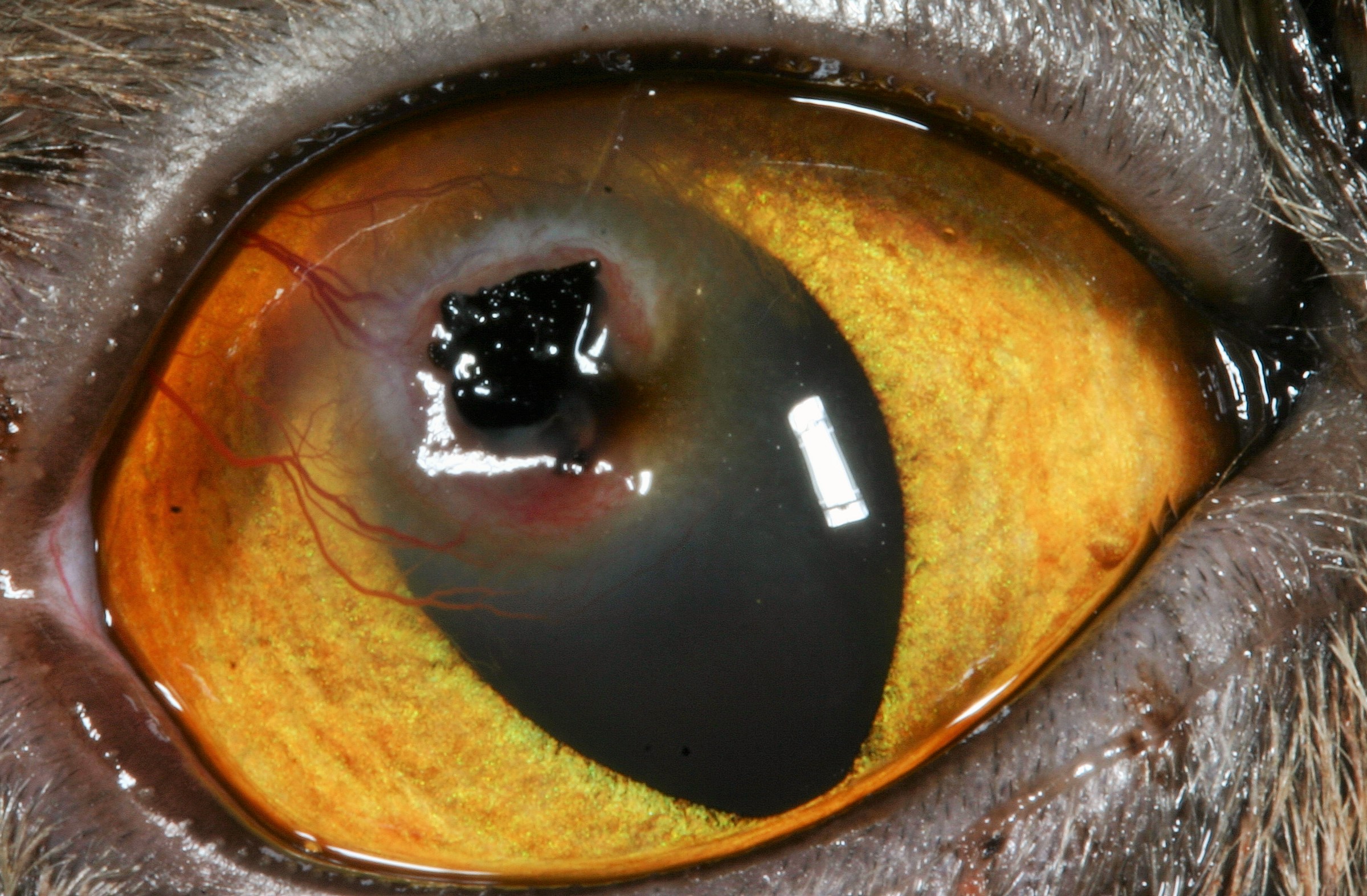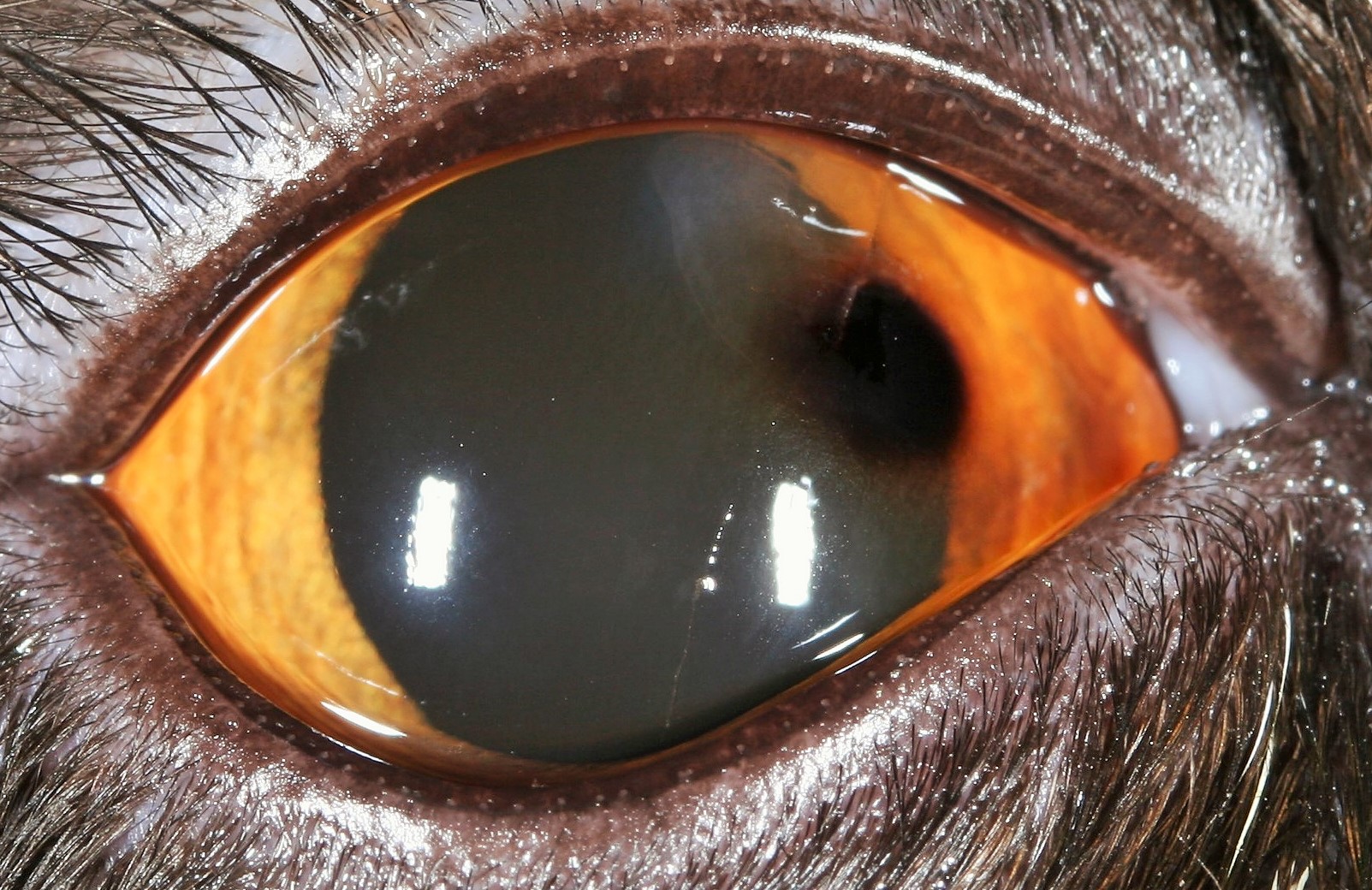Why Should I Bring my Pet to Willows for Treatment of Corneal Sequestrum?
Willows is one of Europe’s leading small animal referral centres. Our state-of-the-art hospital is led by internationally renowned Specialists, committed to providing the highest standards of veterinary care. Our team of Ophthalmic Specialists have a collective experience of treating hundreds of cats with corneal sequestrum.
Our Ophthalmologists are supported by our multi-disciplinary team of Specialists across a number of disciplines including; Anaesthesia, Diagnostic Imaging and Emergency and Critical Care. Willows also has a large dedicated team of Nurses and clinical support staff available 24 hours a day, every day of the year to provide the best possible care for your pet.
What is a Corneal Sequestrum?
A corneal sequestrum is a part of the cornea (the clear window of the eye) which has “died off” and which is then rejected by the remaining healthy cornea. Most sequestra affect the centre of the cornea. Corneal sequestra are usually pigmented in shades of brown and may vary in appearance from subtle bronze staining to very obvious dark plaques. In some patients, blood vessels grow into the cornea and a reddish rim may surround the pigmented plaque. In many patients, their tears will also be darkly pigmented and brown to black discharge may crust on the eyelids.
What are the Most Common Causes of Corneal Sequestrum?
Chronic injury has been identified as a possible cause for the development of sequestrum, and in particular abnormalities of the eyelids such as inward turning eyelids. However, in many cases the reason for the development of corneal sequestra remains largely unknown. Corneal sequestrum are most commonly seen in purebred cats such as Persians and British Short Hair cats. This has been partly linked to the face shape of these breeds, who generally have big bulging eyes which often results in a poor blinking reflex. Abnormalities of the tear film such as a poor quality or quantity of tears are also considered to be involved in some cases.

What are the Signs of Corneal Sequestrum?
In their very early stages, corneal sequestra will not cause pain or visual impairment, however with time corneal ulceration (wounding) develops, and patients will show intermittent signs of eye pain such as blinking, squinting, weeping and light-shyness. Occasionally, patients will show signs of a sequestrum only after several episodes of corneal ulceration.


How is Corneal Sequestrum Diagnosed?
The presence of pigmented plaques on the cornea is unique feature of corneal sequestra. As such, whenever a cat shows signs of ocular discomfort and on examination such lesions are identified the diagnosis is immediate.
What are the Treatment Options Available for Corneal Sequestrum?
There are two main treatment options available:
- Surgical excision of the sequestrum and placement of a soft contact bandage lens
- Surgical excision of the sequestrum, followed by a grafting procedure to support the affected area of the cornea and reduce the risk of the sequestrum returning.
In general, it is unlikely that ongoing conservative treatment will be recommended, as this is often associated with long periods of eye pain. Furthermore, ongoing monitoring and veterinary care will be required to reduce the risk of infection or rupture (bursting) of the cornea which may cause the sequestrum to spread deeper. As such, surgical removal of the corneal sequestrum is the treatment of choice. Given the depth of the lesion and the risk of retention of some pigment in the cornea after surgery, an additional grafting procedure may be recommended.
Grafting procedures involve the placement of a piece of conjunctiva (the lining of the white of the eye) or other tissue into the wound following excision of the sequestrum. Grafts are usually stitched into place and will lead to a partial impairment of corneal transparency. However, the eye should still retain useful vision.

What Can I Expect if my Cat is Treated for Corneal Sequestrum?
Surgical removal of corneal sequestra is a very successful surgery in uncomplicated cases. The procedure is carried out under general anaesthesia with the use of an operating microscope. Once the sequestrum has been removed, the surgeon will either place a contact lens or place a graft as described above.
Following surgery, the patient will need to wear collar to prevent damage to the wound by rubbing or scratching. Antibiotic drops are usually applied to the eye for approximately ten days and a short course of painkillers may also be given. For some patients the use of false tears or other lubricant preparations may be recommended in the long-term to be applied once or twice daily.

Is my Cat’s Other Eye at Risk?
Unfortunately, the other eye is also at risk of sequestrum formation and so must be carefully monitored. At present there is no known treatment that will reliably prevent sequestrum formation, however the use of ocular lubricants may be helpful in providing some degree of additional corneal protection.
Unfortunately, the other eye is also at risk of sequestrum formation and so must be carefully monitored. At present there is no known treatment that will reliably prevent sequestrum formation, however the use of ocular lubricants may be helpful in providing some degree of additional corneal protection.

To save this page as a PDF, click the button and make sure “Save as PDF” is selected.
Ophthalmology
Find out more
To assist owners in understanding more about Ophthalmology we have put together a range of information sheets to talk you through the some of the more common conditions seen and treated by our Specialists.

